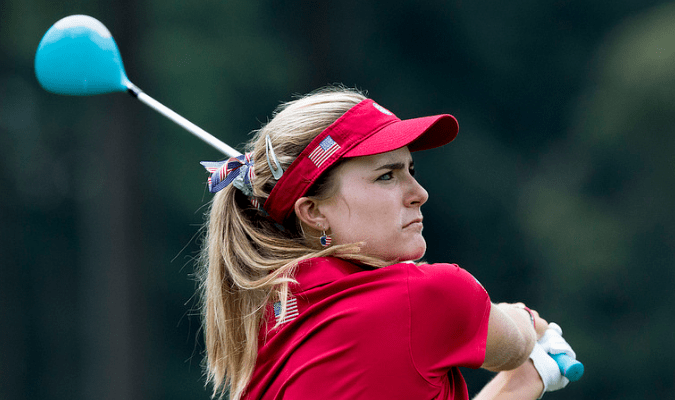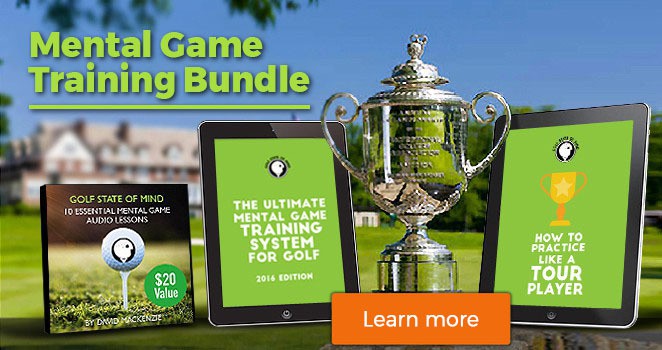
Unique learning styles and golf
We’re all different in the way that we take in and process the environment around us. For this reason, it’s important to assess your (or your student’s) specific learning style to determine the optimal process (for practice and play) to see real improvement.
This is especially important for instructors when helping players make swing changes. You can actually hurt a player’s performance by approaching them in a way that doesn’t fit their learning style. When you are “instructing”, how is your student processing what you are showing/explaining?
“Sensory matching” can really help a player or student understand more about how to improve their skills and then gain better (and more consistent) access these skills on the course.
We all see and process the world around us in a slightly different way. Some of our “senses” are stronger than others. In other words we are receiving information more with our dominant sense and using it more to communicate within and to others. To play our best golf, we need to be more in touch with our authentic self and use our inherent strengths to perform better. When you can connect more to your primary sense you can more easily access the flow state or “the zone”.
Finding out your dominant sense
Are you more visual, kinesthetic, auditory or verbal?
What way of communicating do you connect with the best? Do you need to see things in action? Feel them for yourself? Hear the sounds or read about them? ONE will undoubtedly be more powerful than the rest.
In a swing lesson, do you connect more with:
Seeing the swing that you need to produce (visual)
Feeling the movement and positions in the swing yourself (kinesthetic)
Focusing on the rhythm/tempo and sounds created by it (auditory)
A spoken or written description of the movement (verbal)
We can only consciously focus on one sense at a time, so during your shot routine on the course and during your practice, what should that be?
Dr. Glen thinks this is a nice bridge between the “Think Box” and “Play Box”in the shot routine. Once you’ve decided on the shot you’re going to play (in the Think Box), how can we connect best with a positive feeling during the Play Box (the time from walking into the ball to playing the shot)? What can you focus on to stay present and give yourself the best chance of a good execution?
To help determine that, please answer these questions:
When you hit your best golf shots, what would you say is the thing that you remember most about that shot?
Visual triggers
Do you see a picture ball flight in detail? If you did, then your dominant sense is probably visual and you’ll want to make sure this is your primary process goal (holding onto the image of the shot).
You can also try visualizing what you look like hitting that shot, while in the think box. I should note that of the elite level players I work with, some can imagine ball flight/shape vividly and others can only see the target. Neither is better than the other, so if visualization doesn’t work for you, you don’t need to force it. Focus more on one of your other senses.
Feel triggers
If it’s connecting with how the shot feels more than it looks, then touch is probably your primary sense. Rehearsal swings and really connecting with the feel of the shot is an important process goal for you. You might want to try a waggle of the club before playing the shot to continue the focus on feel.
Sound triggers
Are you more aware of your swing’s rhythm and tempo? If you are, then you are probably more auditory (sound) oriented. Focusing on some music that might connect you with your natural rhythm and tempo could help.
Verbal triggers
If you’re someone who uses self-talk when you play your best, then you’re probably more verbal. You might want an “action phrase” which can connect you both to a positive feeling and the shot you’re about to hit.
Golf instructor Dan Hansen has put together a good list for finding out how you best process information in his article: Your Learning Style Affects How You Play
Give these a go when you’re practicing and playing and you’ll get a step closer to “Self-discovery”, a better process and lower scores.
Thanks for reading! I would welcome any feedback or questions.
Photo courtesy of Keith Allison

